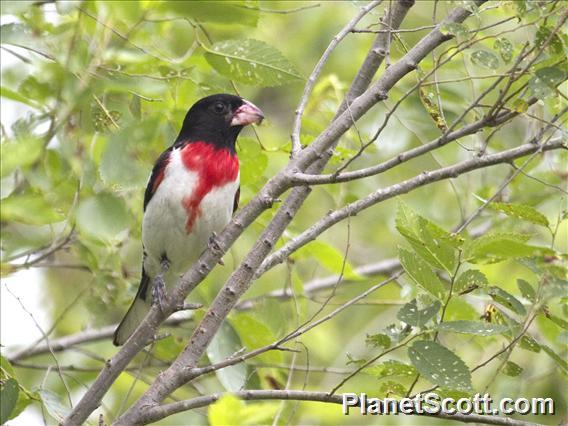Rose-breasted Grosbeak (Pheucticus ludovicianus)

Rose-breasted Grosbeak (Pheucticus ludovicianus)
×


Rose-breasted Grosbeak (Pheucticus ludovicianus)
About Rose-breasted Grosbeak (Pheucticus ludovicianus)
- Kingdom: Animals
- Phylum: Chordates
- Class: Birds
- Order: Perching Birds
- Family: Cardinals and Allies
The rose-breasted grosbeak, colloquially called "cut-throat" due to its coloration, is a large, seed-eating grosbeak in the cardinal family (Cardinalidae). It is primarily a foliage gleaner. Males have black heads, wings, backs, and tails, and a bright rose colored patch on their white breast. Males and females exhibit marked sexual dimorphism.
Source: Wikipedia
Visits
-
2007-07-21
Burnidge Forest Preserve, United States of America -
2007-10-12
Chavarillo, Mexico -
2008-01-09
La Bajada, Mexico -
2009-01-30
Semuc Champey, Guatemala -
2009-02-03
Los Tarrales, Guatemala -
2009-03-09
Cana Station, Panama -
2010-06-25
Elgin - Bluff Spring Fen, United States of America -
-
-
2013-04-19
Bolivar Peninsula, United States of America -
-
-
-
-
-




